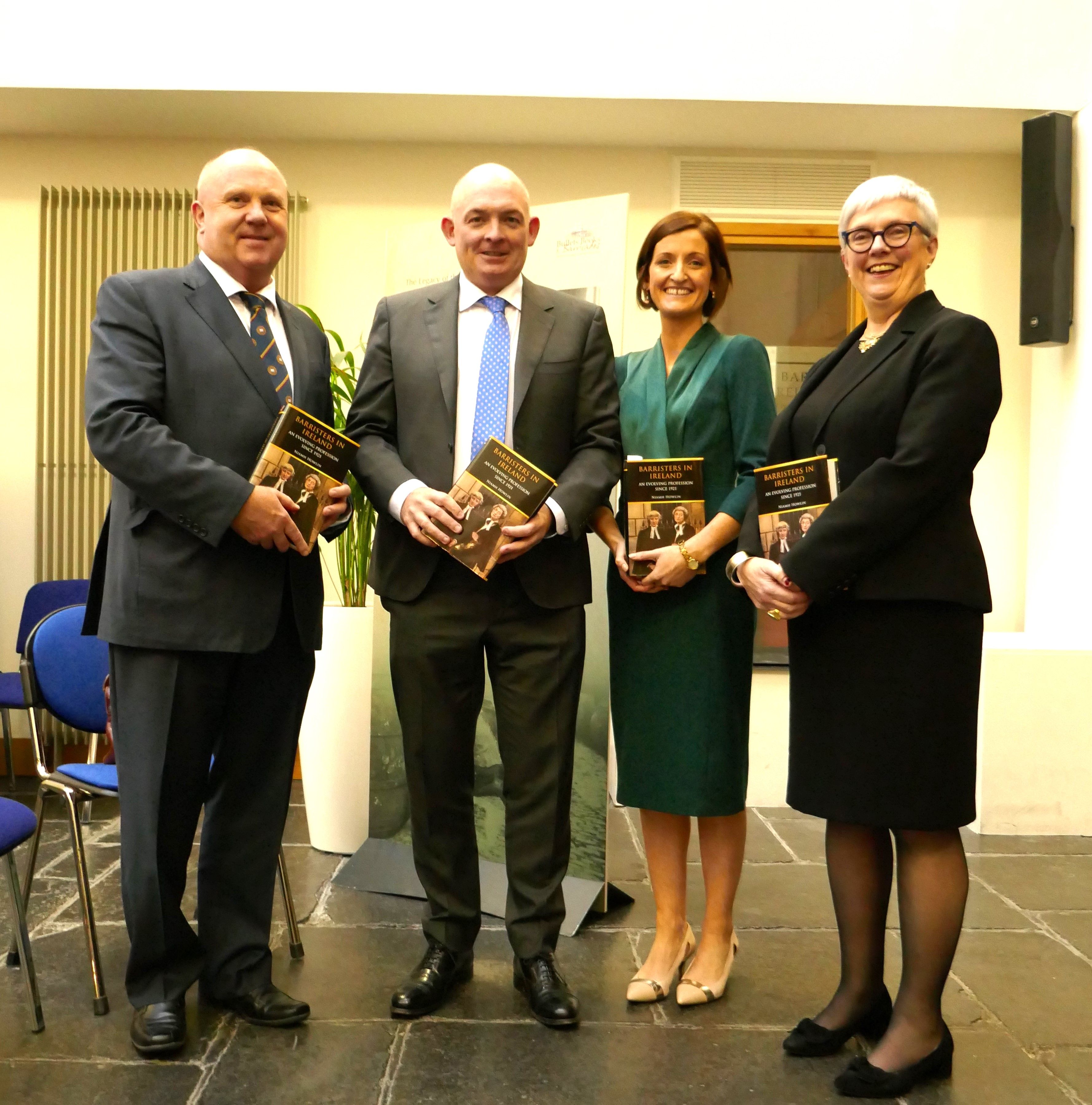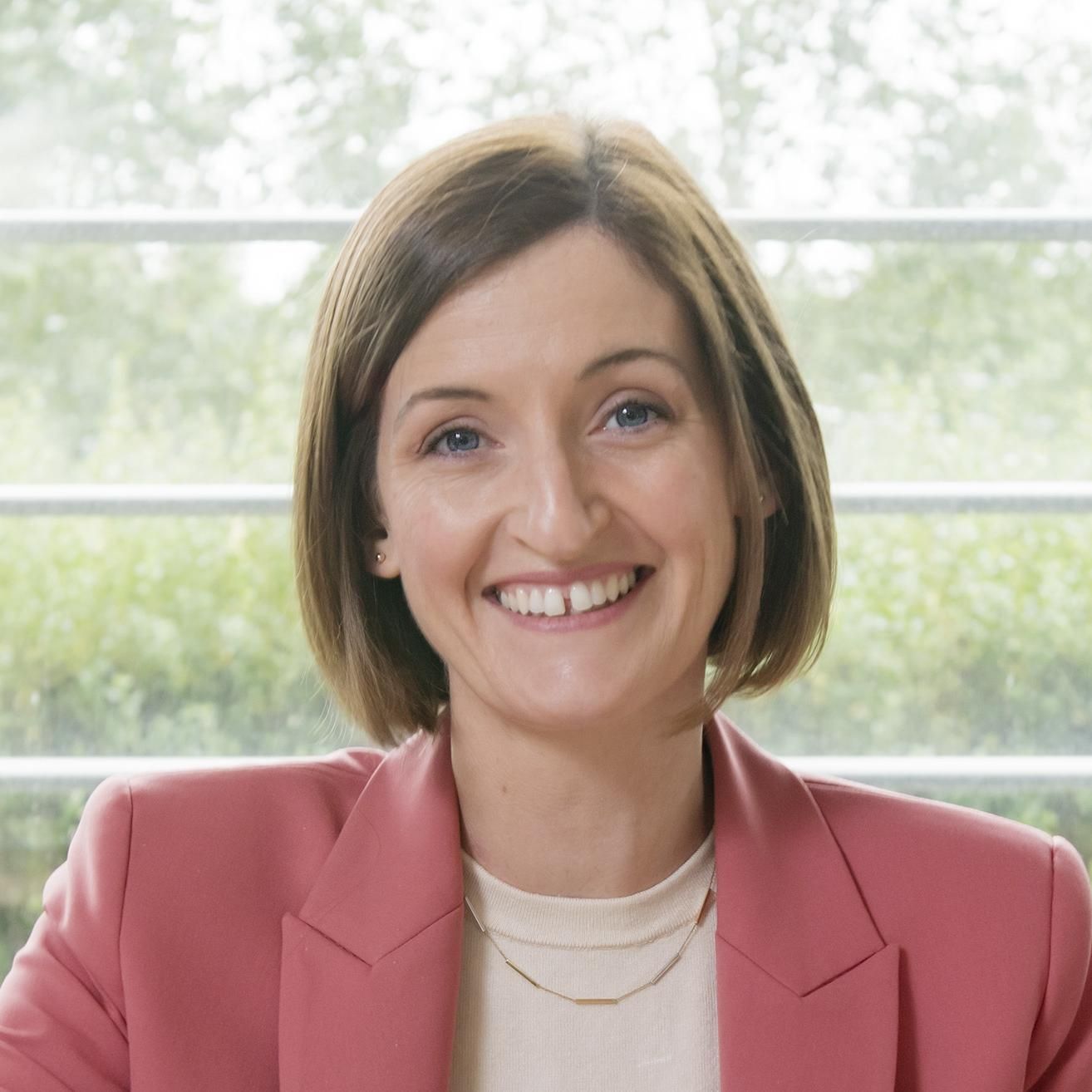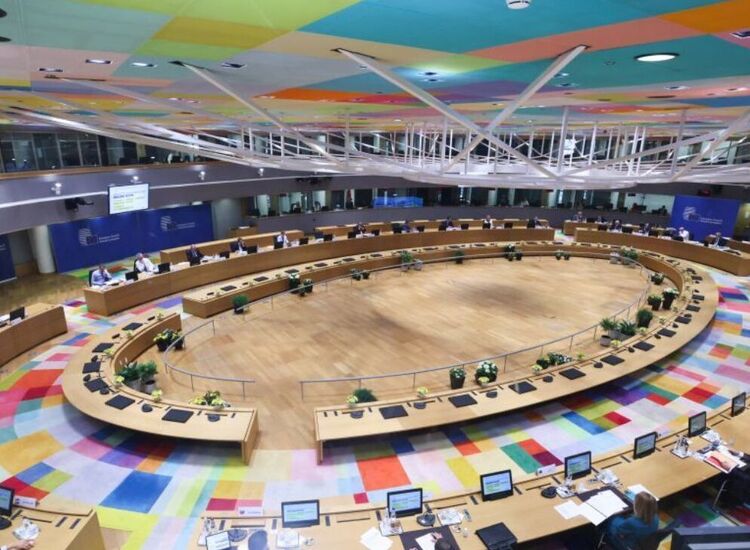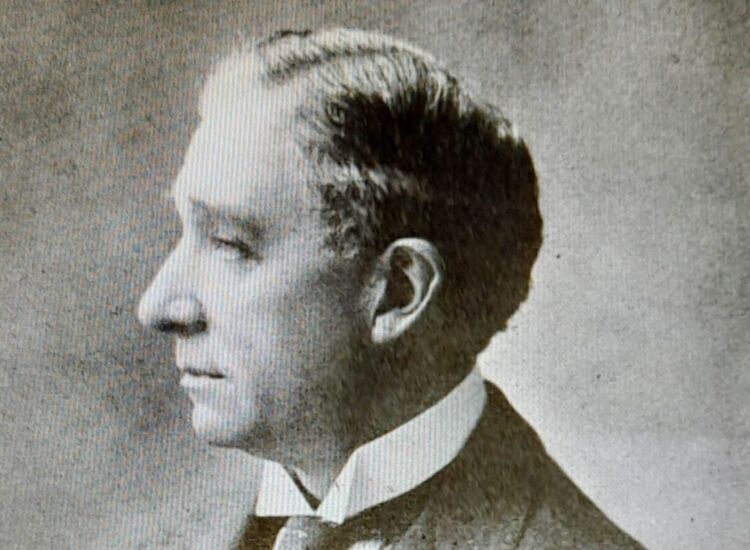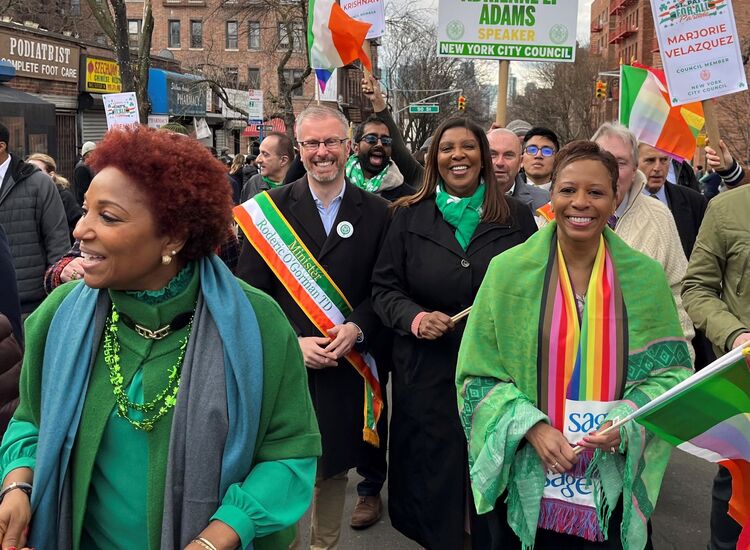“Three Irish presidents have been barristers: Cearbhall Ó Dálaigh, Mary McAleese and Mary Robinson,” writes author and academic Niamh Howlin in her latest book, “Barristers in Ireland: An Evolving Profession Since 1921.”
For almost half of the period covered in her study, “from the turbulent 1920s until the Celtic Tiger years,” the office of taoiseach was held by someone who had been called to the Bar (Jack Lynch, Garrett FitzGerald and Charles J. Haughey among them). The same can be said of the role of tanaiste (Dick Spring and Brian Lenihan Sr. are on that list) and more again for minister for justice (Kevin O’Higgins and Lenihan). Sean MacBride and FitzGerald are among those barristers who served as foreign minister. Meanwhile, just about every Irish attorney general had previously been a practicing barrister.
Howlin, associate professor at the Sutherland School of Law, University College Dublin, gives examples of people who became prominent in other fields after being called to the Irish Bar -- like poet, literary critic and biographer Anthony Cronin, poet Máire Mac An tSaoi, who after qualification joined the civil service and was later in the diplomatic service, broadcaster Liam Develly, and journalists Colum Kenny and Vincent Browne. Justice Conor Maguire – judges from the circuit court and upwards were qualified barristers -- even hosted a music program on RTE radio, “In the Mood,” after he retired from the bench.
A barrister is a professional qualified to act for someone in a higher law court and to offer legal advice more generally. Howlin examines “the barristers’ profession from different angles. The everyday experiences of individual barristers [particularly in the chapters entitled ‘Who was at the Bar,’ ‘The working lives of barristers,’ ‘Stresses and supports’ and ‘Making a living at the bar’] are presented alongside the major national and international issues which have impacted upon the profession.”
Howlin writes in her conclusion, “We have seen the Irish Bar’s influence on the world stage as well as the traditions and challenges of practicing in Ireland’s country towns. Individual barristers’ struggles with financial security clash with perceptions that they are overpaid.”
Added the author, who has provided expert advice to the Irish government in relation to historic murder trials, which has led to the granting of posthumous pardons from President Michael D. Higgins, in two cases: Myles Joyce (hanged in 1882) and John Twiss (hanged in 1895), “This book has considered the highs and lows of practice at the Bar, and has taken a multifaceted and interdisciplinary to constructing a history of the profession.”
Howlin writes, “In chapter one, it was pointed out that the gap between ‘historical research and professional rhetoric’ must be bridged to understand the history of the Bar and its role in society. By exploring first-person narratives of working at the Bar, along with primary source materials for the 20th century, it is hoped that this book has gone some way towards bridging that gap.”

Niamh Howlin
Place of birth: Dublin
Spouse: Robert
Children: two daughters
Residence: Dublin
Published works:
“Juries in Ireland: Laypersons and Law in the Long Nineteenth Century” (Four Courts Press 2017); “Law and Religion in Ireland 1700-1970” (Palgrave Macmillan 2021) and “Law and the Family in Ireland, 1800-1950” (Palgrave Macmillan 2017), both with Kevin Costello. “Barristers in Ireland: An Evolving Profession Since 1921” (Four Courts Press, 2023).
What is your writing routine? Are there ideal conditions?
I like to get up early, make a cup of tea and do some writing while the house is still quiet. My favorite place to write is the National Library of Ireland, on Dublin’s Kildare Street. It is a historic building with a beautiful reading room, right in the city centre. You never know who you will see there – I have spotted many well-known authors, historians and public figures over the years.
What advice do you have for aspiring writers?
It’s important to think about your reader. Whether you are writing a bestselling novel, a television script, a blogpost or a heavy academic book, it’s important to be aware of who you are writing for. This helps to inform how you structure your writing, the language you choose and how much detail or background information is necessary.
Name three books that are memorable in terms of your reading pleasure.
As a child I would read anything I could get my hands on. My favorite book growing up was probably Charlotte Brontës “Jane Eyre.” All that gothic drama!
Ruadhán Mac Cormaic’s “The Supreme Court” is a very engaging and well-researched book about the history of Ireland’s Supreme Court.
Claire Keegan’s “Small Things Like These,” which was nominated for the Booker Prize in 2022, is one of the most compelling novels I have read in recent years. It is a short book, and every word is well-chosen.
What book are you currently reading?
I like to have a few works of fact and fiction on the go.
I am currently in the middle of “A Dublin Magdalene Laundry: Donnybrook and Church-State Power in Ireland,” edited by my friend and colleague Mark Coen, along with Maeve O’Rourke and Katherine O’Donnell. It examines the operation of a Church-run laundry from different perspectives, and sheds light on the experiences of its inmates and the way the laundry was perceived in 20th-century Irish society.
I am also currently immersed in Declan O’Rourke’s “A Whisper From Oblivion,” the second instalment of his Famine trilogy. O’Rourke is a well-known Irish singer-songwriter and an accomplished lyricist, and his novels are beautifully written. I enjoy fiction which combines a compelling storyline with a strong grounding in terms of place and time.
Name a book that you were pleasantly surprised by.
Patrick Redden Keefe’s “Empire of Pain” was not something I would usually have picked up but it was strongly recommended to me and I found it to be meticulously researched, well-balanced and an absolutely gripping read.
If you could meet one author, living or dead, who would it be?
I’d like to meet the 19th-century Irish author Maria Edgeworth.
What is your favorite spot in Ireland?
I grew up in Monaghan and Cavan and I love the landscape in that part of the country. It may not have the drama of the Kerry mountains or the wildness of Connemara, but its glacier-made drumlins mean that the landscape is constantly changing as you move through it. It is said that there are 365 lakes in Cavan – one for every day of the year.
You're Irish if… you cannot count on one hand the number of cups of tea you drink in one day.
[Pictured below, from left, Hugh Mohan SC, the chairman of the Bar Council, Rossa Fanning SC, the Attorney General of Ireland, Dr Niamh Howlin and Sara Phelan SC at the recent launch of "Barristers in Ireland: An evolving profession since 1921," which was held at the Law Library in Dublin 7.]
